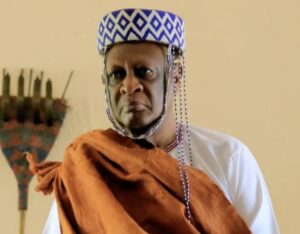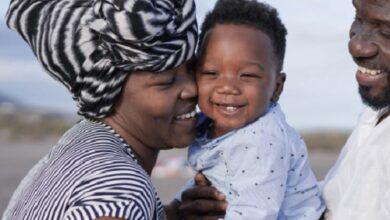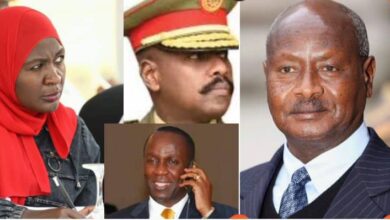History of Bunyoro-Kitara: From Sir Tito Winyi IV to Iguru I
He implemented Kabaleega’s wishes and documented them in the Uganda Journal under the initials KW (Kabaleega and Winyi).

Culture: Born as Prince Gafabusa, Sir Tito Gafabusa Winyi IV was one of the estimated 250 children of Omukama Kabaleega Cwa II.
Born in Hoima, Bugahya, Bunyoro, he was raised in Ibandwa (later mispronounced as Ibanda) in present-day Ankole. This dispersal strategy was part of Kabaleega’s plan to protect his lineage during turbulent times.
Prince Tito survived the British invasion of Bunyoro-Kitara, which began in December 1893 and led to Kabaleega’s capture in Lango on April 9, 1899.
Tito’s resilience allowed him to thrive amidst adversity. He received his primary education before joining Mengo High School and later Budo School, an institution for the children of Uganda’s kings and chiefs.
However, his education was cut short in 1910 when he was sent to Seychelles to serve as his father’s personal secretary during Kabaleega’s exile.
After a decade, Tito returned to Bunyoro in 1920, preparing for Kabaleega’s anticipated release. He was a confidant to his father, learning and documenting his personal views and strategies. These insights later shaped his reign as king.
In 1924, after the death of his half-brother Omukama Andereya Duhaga and a year after Kabaleega’s death, Tito ascended the throne as Omukama Winyi IV. He implemented Kabaleega’s wishes and documented them in the Uganda Journal under the initials KW (Kabaleega and Winyi).
Omukama Winyi IV undertook significant projects, including constructing a palace in Lira for Owiny Akullo, the commander of Kabaleega’s army, in 1935. Despite the challenges of his reign, he remained committed to Bunyoro’s heritage and development.
He married Margaret (Maragalita in Runyoro), who left her studies at Duhaga Girls School to become Omugo (Queen). Their firstborn, Prince John Rukidi, was declared heir-apparent in 1928, with his birthday becoming a public holiday.
Despite the early promise, Prince Rukidi and his brother Bikaju became known for indiscipline, leading to family tensions. A series of incidents, including attempts at poisoning and allegations of infidelity involving the Omugo, led to their expulsion.
Although Rukidi was initially presumed heir, Omukama Winyi IV secretly changed his will, naming Prince Solomon Gafabusa as his successor. This decision was revealed only after Winyi IV’s death on July 19, 1971.
Following the abolition of kingdoms by President Milton Obote in 1967, Prince Solomon lived incognito until kingdoms were restored in 1993 under President Yoweri Museveni.
The succession process was contentious, with legal battles reflecting the cultural belief that leadership, or Engoma Erwanirwa (“the throne is earned, not given”), comes with challenges.
In 1994, Prince Solomon was enthroned as Omukama (later Dr.) Solomon Gafabusa Iguru I, becoming the 27th king of Bunyoro-Kitara after a 27-year hiatus.
His reign continues to symbolize the resilience and cultural pride of the Bunyoro-Kitara Kingdom.
Do you have an advertisement or article you want to publish? Mail us at theugreports@gmail.com or WhatsApp +256394700683.






